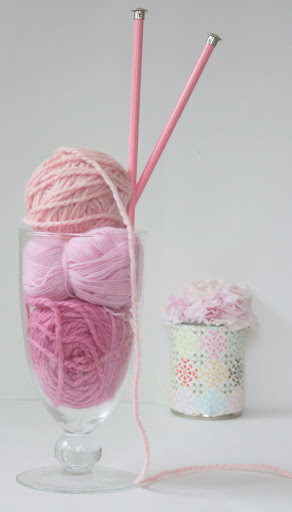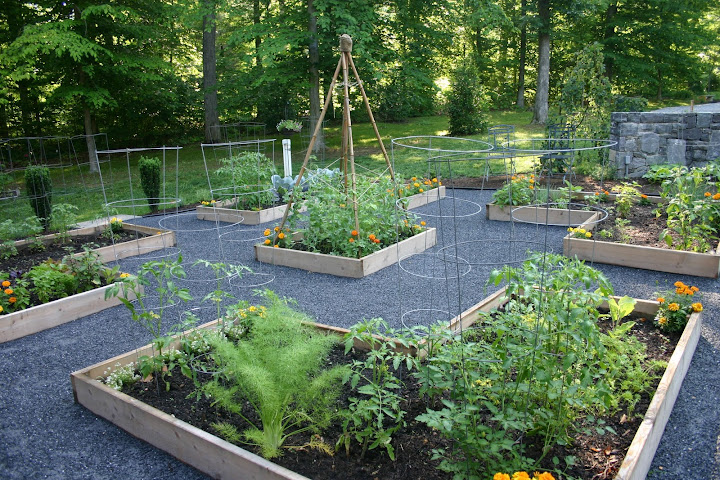
Overheard this weekend at the Greenwood:
"How long have you been knitting, J__?"
"About 20 minutes."
"No, I mean how
long have you been knitting? When did you learn?"
"20 minutes ago. Queenie just taught me."
I don't think I've ever taught a more apt pupil. (Sorry, M__. You may have been surpassed. We'll see.) In any event, J__ showed up, large with child, bearing her "knitting" supplies, which turned out to be pink acrylic and an assortment of crochet hooks. I explained the difference, produced some knitting needles and was silent about the colour choice, given the expected boy. Yes, there are two girls already. Either she - or he - will get used to it.
She mastered holding the yarn and needles at the same time right off, a trick I've seen people struggle with for weeks. I had cast on - and knit - 25 stitches, with the idea that we would start small. If enough 4x4 squares were produced, we could always make a baby blanket. If not, at least she would get a few rows under her belt, without bogging down in the middle of a 125 stitch row!
"I'll show you how to cast on later, when [
silently:"if?"] you start your second square. Let's get you started with the knit stitch first, before you worry about casting on, which you won't do as often."
I demonstrated. Then, handed her the needles.
It wasn't
completely clear sailing from then on - there were several "adjustments" - but 20 minutes later, J__ was struggling manfully with several inches of knitted fabric to show for it, and looking every inch the knitter! Especially to one who doesn't knit himself (the king) who was the one who asked how long she had been knitting.
By the end of the weekend, there were two (almost 3) finished squares. (Oh, and she'd learned to
purl as well!) I demonstrated the
mattress stitch to sew the squares together, describing other alternatives, and sent her home with a spare yarn darner. She promises to send pictures.
Nana taught me to knit when I was probably 4 or 5, the same age as J'__s eldest. Maybe J's girl will learn on the next visit, which won't be until well after her brother is born.
What I
didn't learn until many years later was how to
finish my projects. I would get bored with them and put them aside. Sometime later, I'd start a new project, rather than finish the one I'd started a year or more earlier and was heartily sick of. Thus, I had a lot of knitting experience, but not so many knitted objects to show for it.
One finished object I
do remember was the knit suit I made for the queen mum. Yes, "suit". There were two immediate problems with it: one, it was made of acrylic. A lovely brown "tweed", but acrylic. Second, the cast-on edge for the pullover top was too tight. It was almost impossible to pull on/pull off. A third problem - had anyone ever actually worn the thing - would undoubtedly have been that it was way too warm to wear anywhere south of the North Pole.
That was over 30 years ago. I have learned several things since then!
First, if you're going to spend all that time making something by hand, work with the best materials possible. For me, that usually means natural fibers. Yarns for hand-knitting are becoming ridiculously expensive these days, but there's little sense in spending months knitting an acrylic "tweed" suit! A good source for inexpensive basic yarns in a rainbow of colours is
Knit Picks. I have also been known to keep my eye out for otherwise ugly sweaters (XL if possible!) made from fine materials on sales racks or in thrift stores. You have to be careful about that, though, because some sweaters are actually made from knitted "cloth" which is then
cut and sewn together, and which can not be unraveled into a single long strand and recycled into another knit garment. The 'cut' kind unravel like the warp/weft of cloth, into short un-reusable lengths. The better sweaters are usually piece-knit, and can be unravelled. One learns to tell the difference, but I still won't pay much more than a few dollars for a sweater I intend to recycle into wool. There are too many variables and uncertainties.
Second, "fix the problem"! Again, if you're going to spend all that time making something by hand, don't let it languish in a drawer because the neckband is too tight! Take scissors to it, if necessary. There's a lady called
Elizabeth Zimmerman (often referred to as EZ by knitters) who really changed my whole attitude about knitting. Her book
Knitting Without Tears can be summarized by a quote she is famous for: "Knit on with confidence and hope, through all crises!"
She just didn't get upset about anything. She also didn't let her knitting rule her; she ruled the knitting! There's a difference. Learn it.
What I would do now about the too-tight cast on edge would be to cut it off (yes, using
scissors), pick up the stitches and re-knit it (going the opposite direction) and then cast off using
Jeny's surprisingly stretchy cast-off binding. Elizabeth Zimmerman liked the
sewn bind-off, but I have learned from her to use what
I like. I think she would have liked that.
Fixing the problem means re-positioning the buttonholes, or ripping out the wierd peplum, or changing the turtleneck to a boatneck if the yarn makes you sneeze, or lengthening the arms, or any number of other adjustments you
know need to be made if you're actually going to hope to wear the item. You know the problems the minute you put the garment on. Fix it! Or get rid of it.
About
finishing projects. . . . well, the more projects you finish, the easier it becomes to finish them. I don't know why that is, but it is. Write it down.
There are a host of knitting resources available now on the internet. Some of my favorite sites are
Ravelry and
Knitty, and through them, you will come across a bevy of knitters, designers, bloggers and videographers who have posted amazing material dealing with just about every technique or problem you could ever dream up. You will come across names like
Jared Flood of
Brooklyn Tweed and
Shelter yarn, which I plan to spring for, one day soon. There's
Stephanie Japel, who I first met when she knit and designed and blogged under Glampyre Knits. There's
Norah Gaughan and
TechKnitter and
Ann Hanson, who knits, designs, cooks and gardens. (and has a logo involving a skewered martini olive on a knitting needle. Gotta love that!)
I haven't even touched on what's available on YouTube!
But I've reached the end of my concentration span and in the spirit of finishing projects, I'm going to finish up here, and hit "Publish Post". I have noticed that I haven't written much lately. Too much knitting! [grin]
Talk soon.




